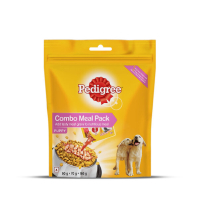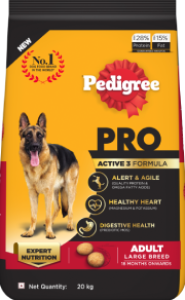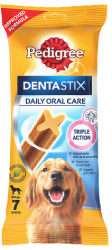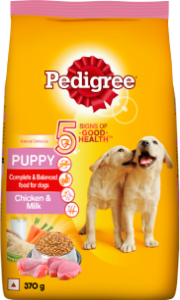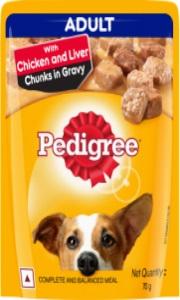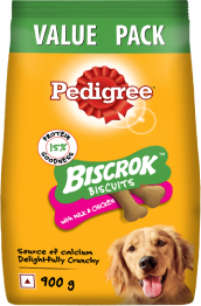
In this section
DIY Dog Grooming: A Comprehensive List of Dos and Don’ts
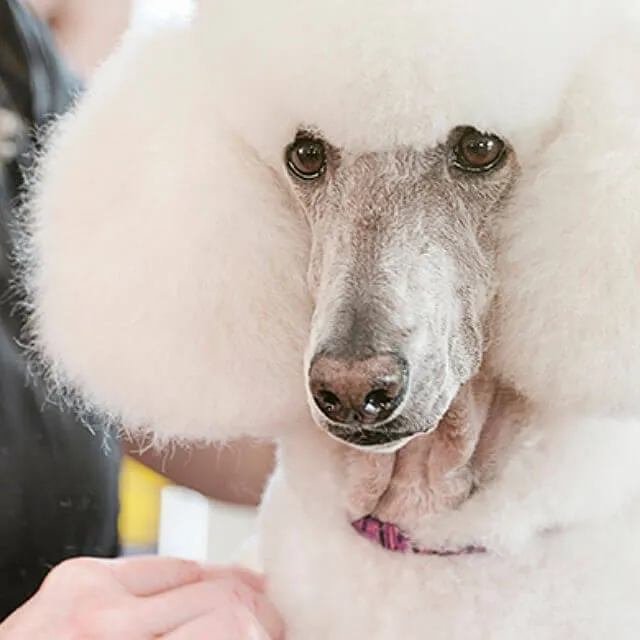
share:
Every responsible pet parent is aware of the importance of dog grooming—whether you do it yourself or make use of a dog grooming service. Grooming in the form of brushing, bathing, trimming and nail clipping is essential to keep dogs clean, healthy and comfortable. Regularly grooming your furry buddy also allows for close inspection for potential concerns like ticks, fleas, skin irritation, rashes, infections and dry skin. And if you groom your dog yourself, it also doubles up as a wonderful bonding activity.
With the lockdown firmly in place, most dog grooming businesses are currently unserviceable. This only gives you an opportunity to learn the basics of dog grooming at home! Read on for our list of dos and don’ts that is sure to help you during at-home grooming sessions with your furry baby.
Dos
Use a shampoo designed for dogs Shampoos designed for humans have a different pH than what a dog requires. Dog shampoos are designed to keep the fur coat clean, healthy and shiny. If your pet has a skin condition, you can also consult your veterinarian for a shampoo recommendation.
Choose the right spot Unless it’s bathing, it is important to pick a well-lit space to groom your dog so that you can see what you’re doing. You should also try to make sure the surface is non-slip to avoid accidents. Avoid leashing your pooch and keep treats handy if necessary.
Use assistance It can be very helpful to have someone hold your pooch down gently while you carry out a grooming procedure that involves clippers or a pair of scissors. However, it is important to make sure this person is someone your dog is familiar with to avoid panic or stress.
Check your dog’s paw pads Inspect your pooch’s paw pads to check for cracks, dryness or injuries. It is also important to check the areas between its toes for cleanliness and excessive hair growth. If you find that the hair between its toes requires a trim, use the tips of a small and blunt pair of scissors.
Don'ts
Don’t fit in too much at once Don’t try to fit in too many grooming tasks into one session. To make it fun and engaging for your pet, divide these tasks into shorter sessions on a frequent basis. You should also try to end each session with a task that your pet enjoys, like brushing.
Don’t skip the eyes, ears and anal glands Never miss cleaning around your furry friend’s eyes, its ears and anal glands. You can do so weekly with a damp cotton ball or a soft washcloth to get rid of discharge and build-up.
Don’t use non-canine fragrances Do not spray your dog with fragrances or perfumes that are designed for humans. These perfumes may contain ingredients that can be very harmful for your pooch’s skin. Sensitive canines may also face respiratory issues with perfumes.
Don’t neglect grooming tools Make sure you are using grooming tools that are designed for dogs and in some cases specific breeds. A regular bristle brush works best on breeds with short hair while a pin brush is designed for longer, silkier coats. A slicker brush can be used on all coat types and works well to detangle, remove loose fur and pick at mats. It is also important to clean your tools and brushes after each use and sharpen or replace them at regular intervals.
Regular grooming can also have a positive impact on your dog’s mental health as well as its behaviour. When your dog looks and smells good, it also feels good. So next time you plan a DIY dog grooming session, make sure to keep this list in mind!
Review this article:




